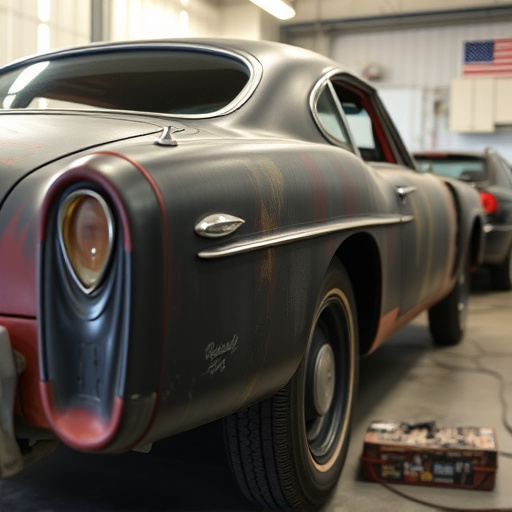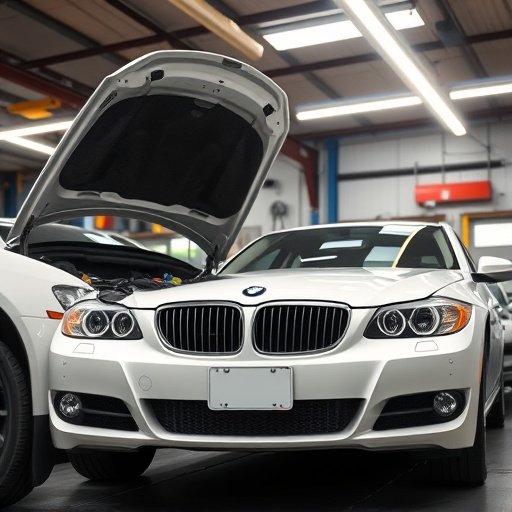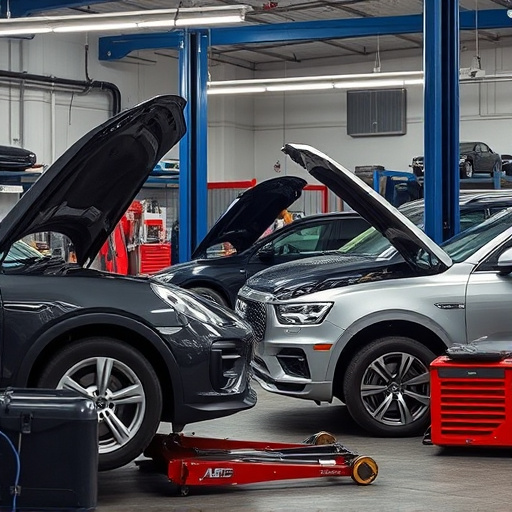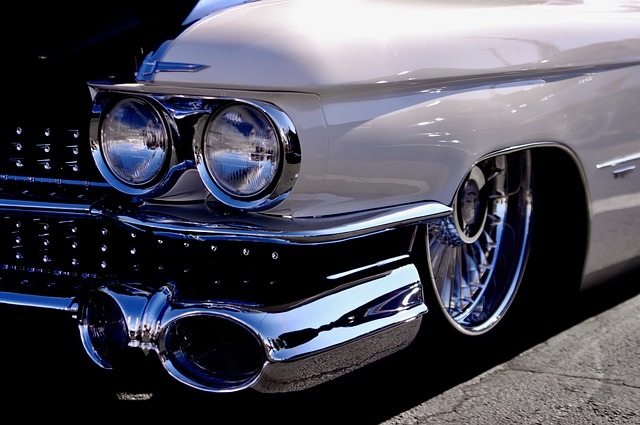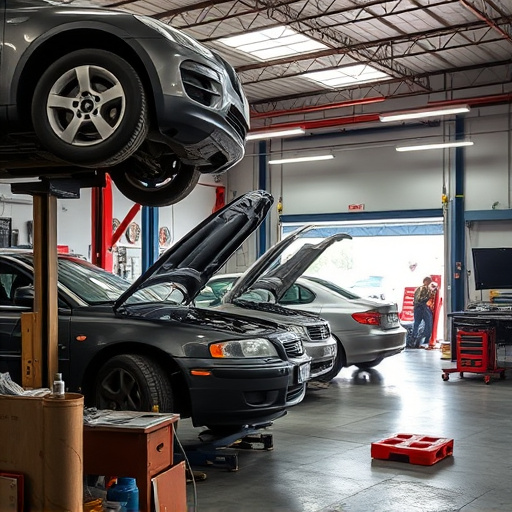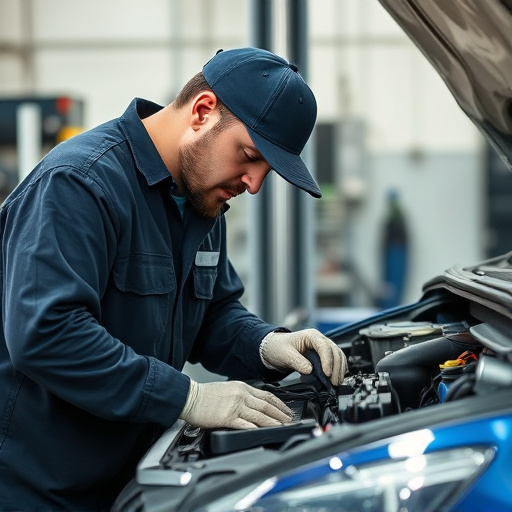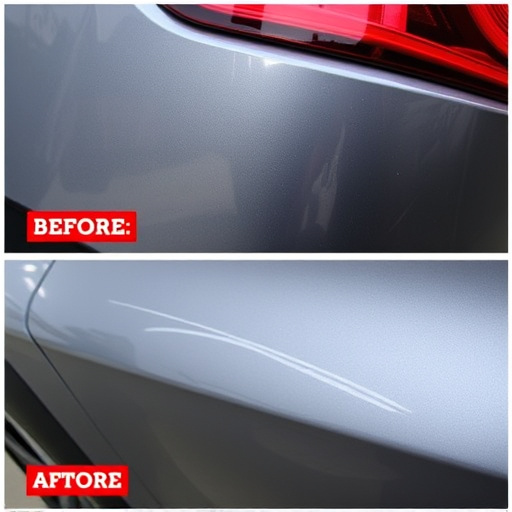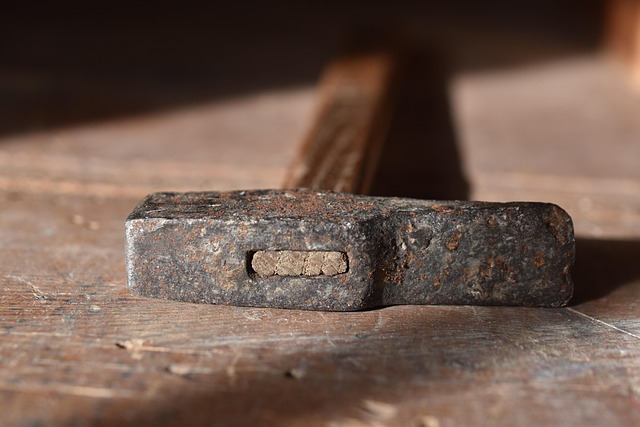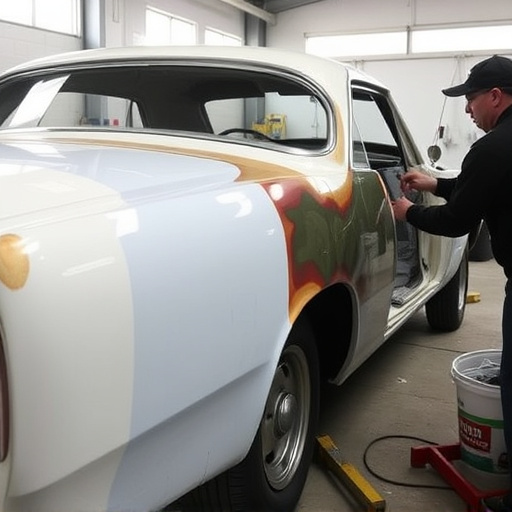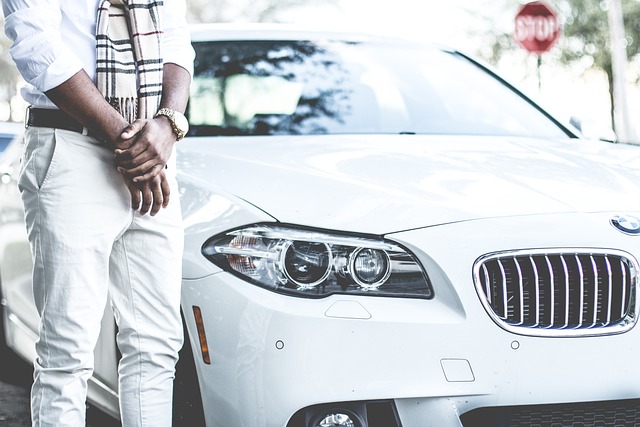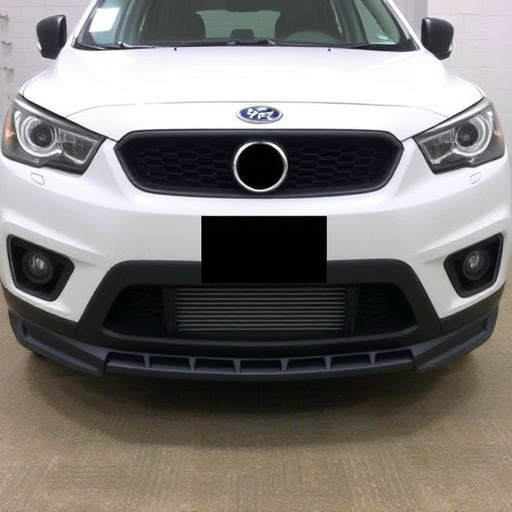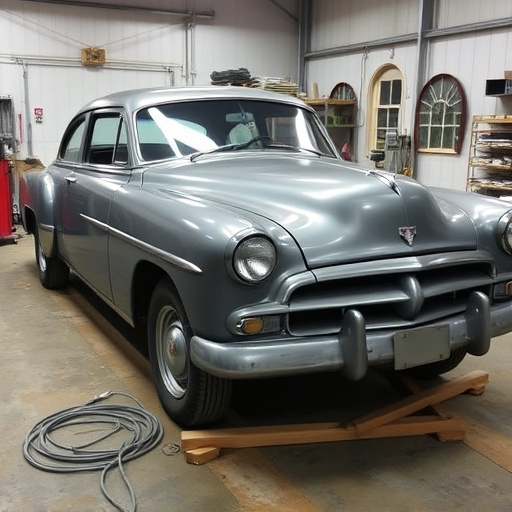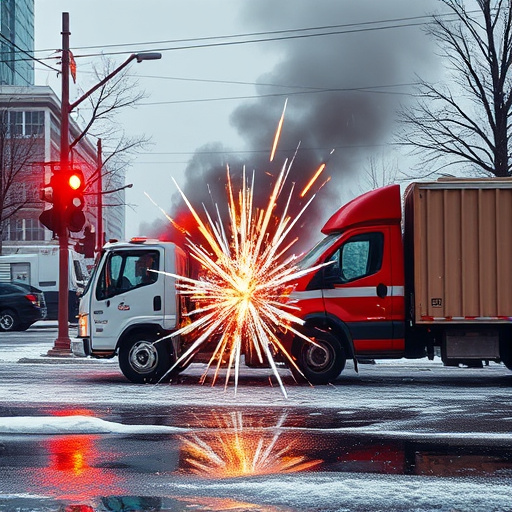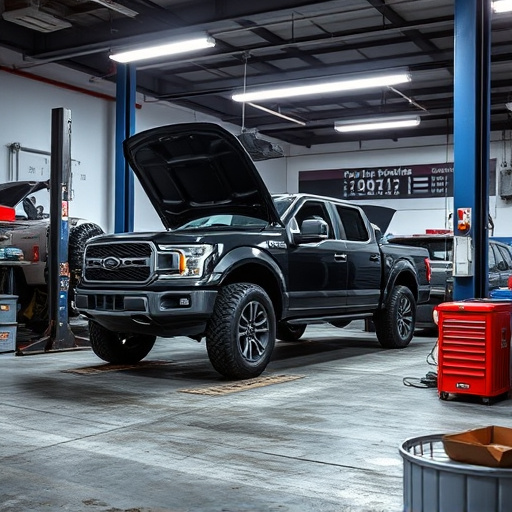Tesla vehicles offer diverse wrap options, from Paint Protection Film (PPF) for scratch resistance to full or partial wraps for customization. Repair techniques vary by wrap type, with PPF repairs typically replacing damaged film, while full or partial wraps may require complete removal and reapplication. Each Tesla model has unique body contours, necessitating careful consideration during repair, especially for complex wraps. Specialized tools like air knives and heat guns are used to match original bodywork, maintaining aesthetic value and structural integrity. The right repair method ensures visual perfection and preserves the vehicle's overall quality, whether using carbon fiber or vinyl materials.
Tesla owners often wonder about the intricacies of wrap repairs, especially as different materials require unique approaches. This article delves into the world of Tesla wrap repairs, focusing on how the repair process varies based on the specific wrap type. We’ll explore the various types of Tesla wraps and their characteristics, understand the nuances of each repair method, and guide you in choosing the best approach for your vehicle’s unique needs, ensuring optimal results for your Tesla wrap job.
- Understanding Different Tesla Wrap Types
- Repair Process Variations by Wrap Kind
- Choosing the Right Repair Method for Each Material
Understanding Different Tesla Wrap Types
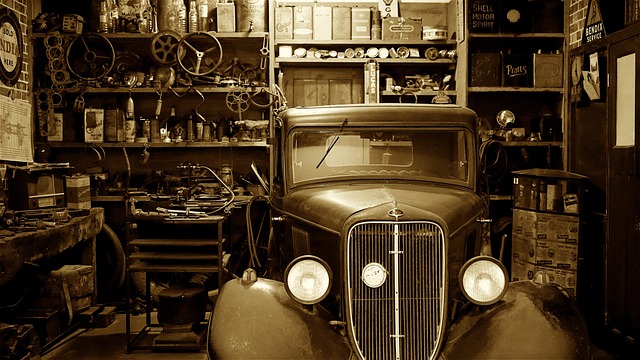
Tesla vehicles come with various wrap options, each offering unique aesthetics and protection levels. Understanding these types is key when considering Tesla wrap repairs. The most common are paint protection film (PPF), also known as clear bra, which provides a durable barrier against scratches and minor impacts, preserving the car’s original paint. Then there’s full vehicle wraps, allowing for complete customization with graphics, colors, or patterns, making your Tesla stand out.
Additionally, partial wraps focus on specific areas like the front bumper, fenders, or doors, offering targeted protection without the full commitment. When it comes to repairs, each wrap type demands specialized techniques. PPF repairs typically involve cutting away damaged film and reapplying it, while full vehicle wraps may necessitate complete removal and reinstatement for thoroughness, especially in auto collision centers or car body shops. Vehicle paint repair processes differ based on whether the wrap is PPF, full wrap, or partial, emphasizing the importance of choosing the right expertise for each specific case.
Repair Process Variations by Wrap Kind
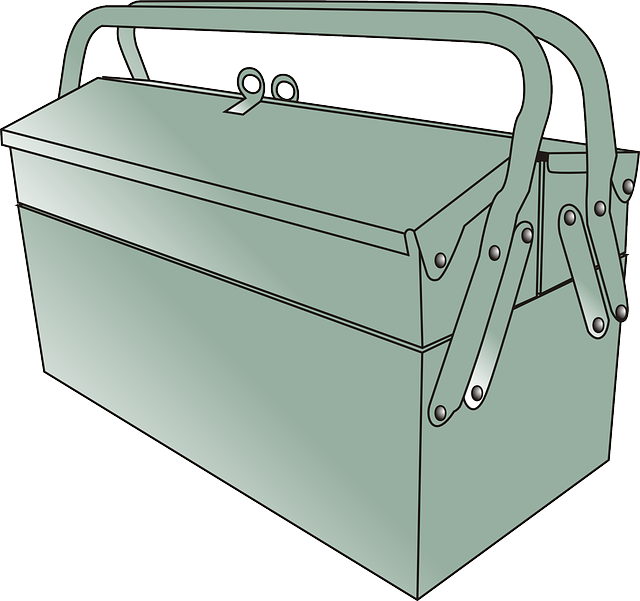
The process of Tesla wrap repairs can vary significantly depending on the specific type of wrap being handled. For instance, while a basic vinyl wrap might involve straightforward cutting and applying of the material to the vehicle’s surface, more complex designs like carbon fiber or matte finishes often require specialized tools and techniques. These advanced wraps may need precise layering and intricate detailing to mimic their original, high-end appearance.
Each Tesla model has unique body contours, and certain wrap types demand careful consideration during the repair process. Car scratch repair or automotive collision repair professionals who specialize in Tesla wraps understand these nuances. They employ specific tools for different tasks, ranging from air knives for precise cuts to heat guns for shaping and smoothing the wrap around complex vehicle panels. This level of expertise ensures that repairs match the vehicle’s original bodywork, preserving its aesthetic value and overall vehicle quality.
Choosing the Right Repair Method for Each Material
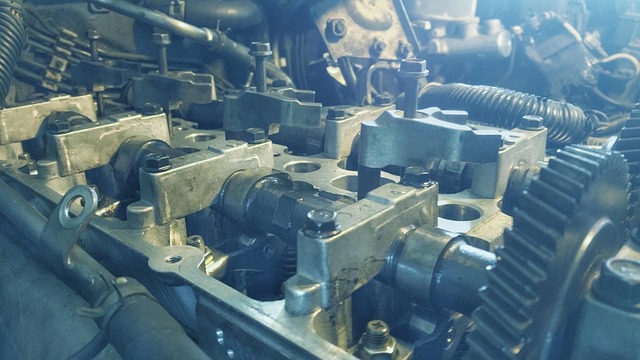
When it comes to Tesla wrap repairs, understanding the unique characteristics of each material is key. Different wraps, from carbon fiber to vinyl, require specific repair methods for optimal results. Choosing the right approach ensures not just visual perfection but also maintains the integrity of the vehicle’s vehicle bodywork.
For instance, carbon fiber wraps demand precision due to their intricate patterns. Repairing these involves careful matching of fibers and a skilled hand to blend the repair seamlessly into the existing design. In contrast, vinyl wraps may require more straightforward techniques, focusing on patching and repainting to restore the original look. Selecting the appropriate repair method for each material ensures that the final touch is not just a visual fix but also preserves the structural soundness of the car bodywork services and maintains the vehicle’s overall value.
Tesla wrap repairs vary significantly based on the specific type of wrap used, each with its unique characteristics and best repair methods. Understanding these differences is crucial for ensuring optimal results. Whether it’s a carbon fiber, vinyl, or metallic wrap, tailoring the repair process to the material guarantees longevity and maintains the vehicle’s aesthetic appeal. By choosing the right repair method for each Tesla wrap kind, owners can preserve their cars’ distinct looks and protect their investments effectively.
